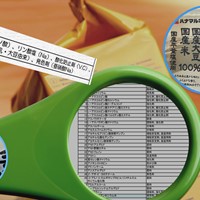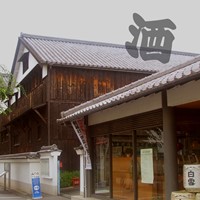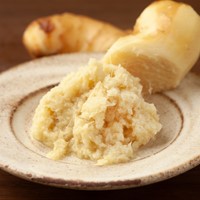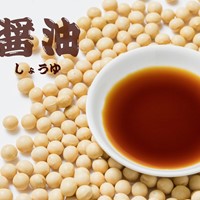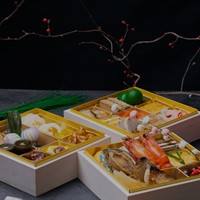Nabe: Japanese Hot Pot Dishes to Melt Your Heart
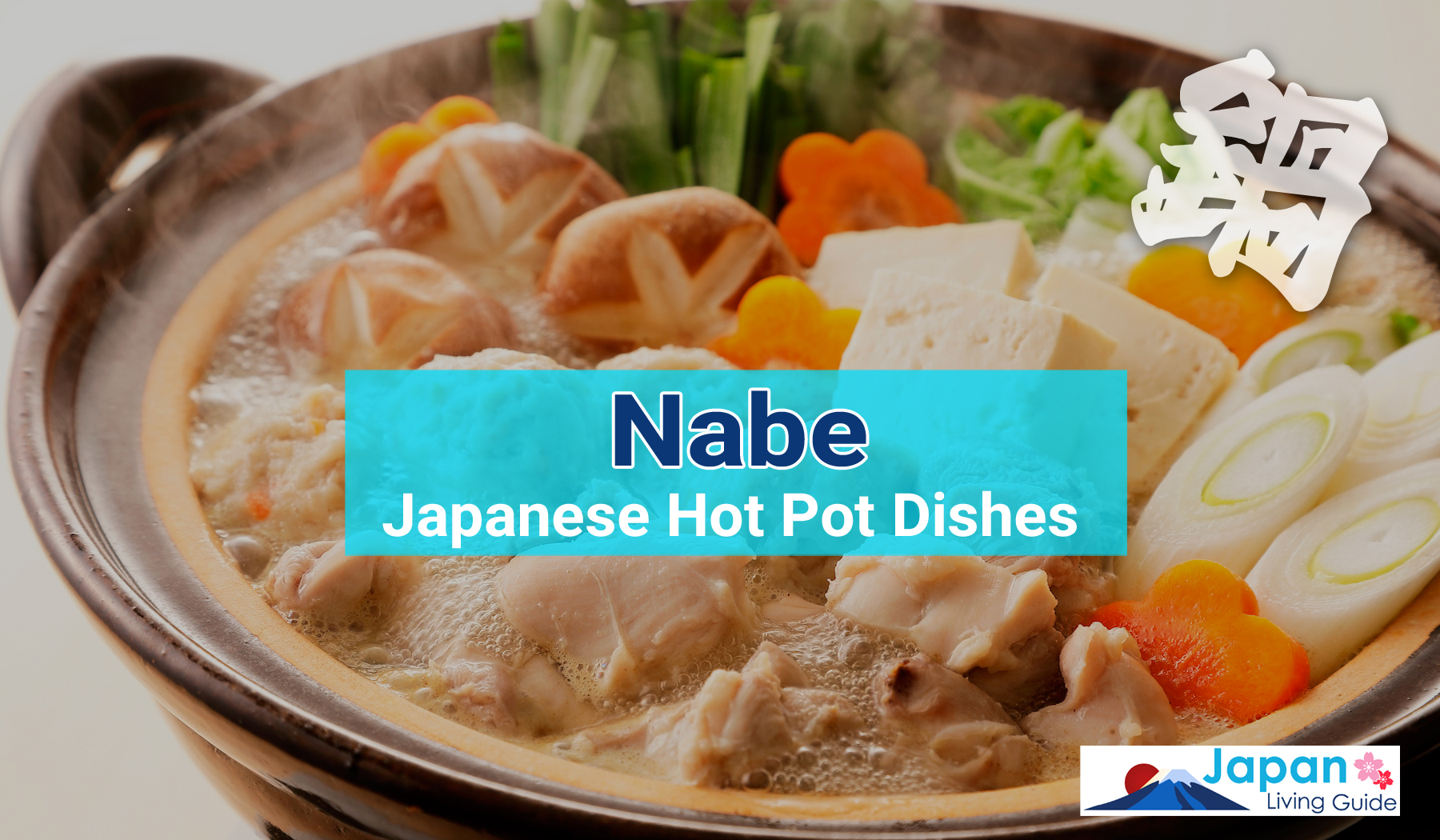
This page contains affiliate links.
Nabe, or hot pot, is a key part of Japanese cuisine. While the term ‘hot pot’ may be more commonly associated with Chinese food, there is a range of hot pot dishes that are widely eaten and enjoyed in Japan. Nabe has almost become its own culture, with various utensils and equipment, key ingredients, and seasonings being considered integral to the overall experience. Here we will dive into some of these items as well as common nabe dishes in Japan and how you can best enjoy the nabe this winter.
What is Nabemono?
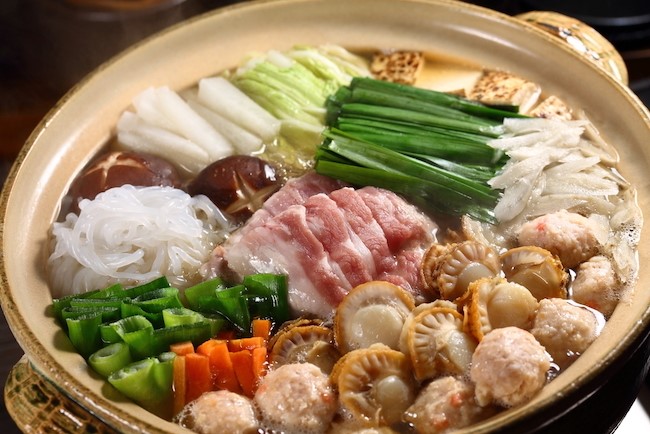
Nabemono, or nabe, is a category of dishes typically eaten in a hot pot style during the winter. The word nabe actually refers to both the pot itself and the meal cooked in it. These dishes commonly include a range of ingredients, such as meat, vegetables, tofu, and more cooked in a broth or stew at the table.
They are usually communal meals, with one pot to a table and everyone taking their portion from the central pot. With some dishes, further seasonings or condiments are provided to further personalize individual portions to your flavor preferences.
Main Japanese Hot Pot Dishes and Types
Oden
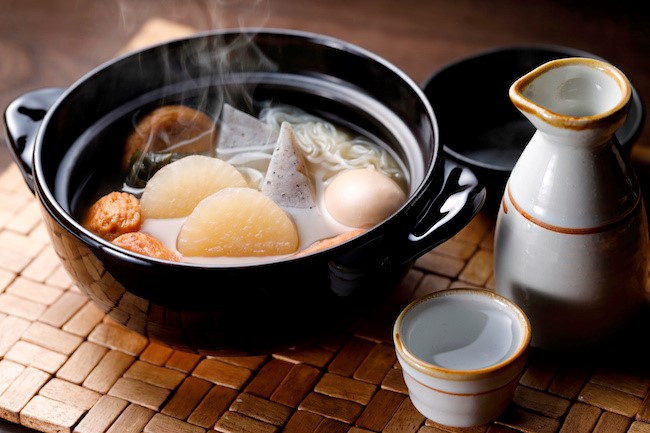
Oden is one of the most common styles of nabe in Japan and should be instantly recognizable to anyone who has visited or lived in Japan during winter. Commonly sold in convenience stores during winter, oden has a wide variety of ingredients that can be included.
It has a simple dashi stock with a base of katsuobushi (bonito flakes). This is simmered for hours with soy sauce and mirin added as needed. The ingredients can be personalized to each person, but commonly include daikon radish, konjac, fried tofu, egg, various types of fishcakes, and sometimes local specialty ingredients. This is one of the most common types of nabe and is easy to try out due to its wide availability in convenience stores and oden restaurants.
Sukiyaki
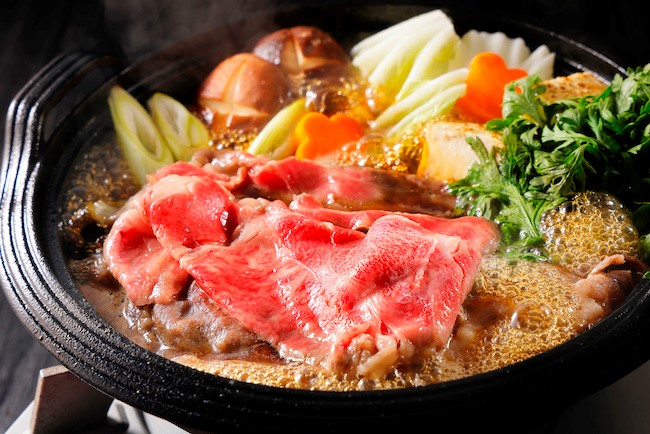
Sukiyaki is one of the most popular types of hot pot and also one of the most unique. It consists of a light broth of mirin, soy sauce, sugar, and water in a shallow pot. Vegetables, tofu, and very thinly-sliced beef are then added.
A raw egg is also served with the meal. This is used to dip the ingredients in before eating them. This set it apart from most other nabe dishes, in that the egg is kept separate and raw, and is used for dipping rather than as another ingredient in the pot.
Shabu-shabu
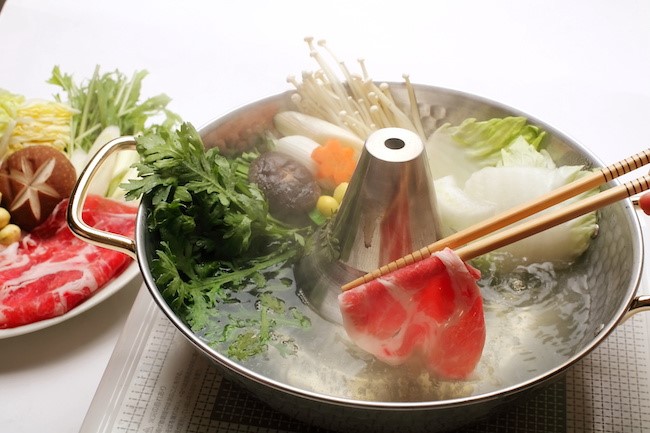
Shabu-shabu is another very popular form of nabe, with many shabu-shabu restaurants gaining popularity. It uses a very simple broth which is mainly comprised of dashi and kombu. Vegetables and tofu are added to slowly heat through while very thinly-sliced meat is simply swished through the broth. As the meat is very thin, it is able to cook with just a few swishes.
The name of the dish, shabu shabu, is actually an onomatopoeia referring to the sound of the meat moving through the liquid. Shabu-shabu mostly commonly uses beef, but pork and crab meats can also be found in many restaurants.
A variety of condiments are often provided to allow customers to further flavor the meat to their specific preference. These usually include a sesame dressing, ponzu sauce, and soy sauce.
Chanko Nabe
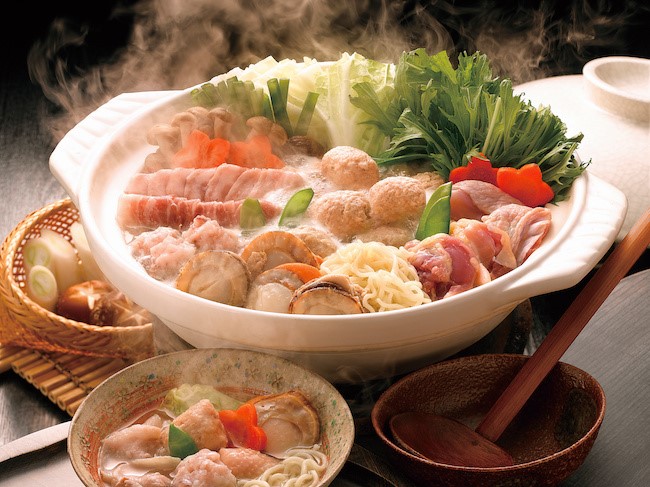
Chanko nabe is commonly-known as the nabe of sumo wrestlers. Ryogoku, the home of sumo wrestling, has a large amount of chanko nabe restaurants and the dish is considered very healthy, easy to make, and easy to eat large amounts of.
There are both light and rich broth varieties, with ingredients largely consisting of vegetables and meat. The meat can vary from chicken to beef and pork. Dressings are often also served with the chanko nabe, although these vary depending on the type of broth used.
Yosenabe
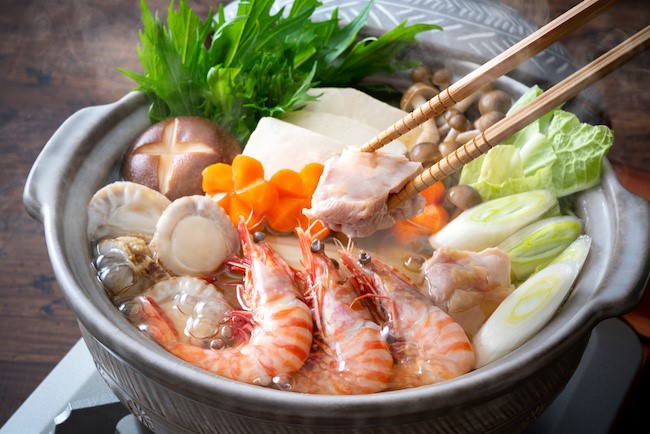
Yosenabe is one of the simplest and easiest nabe dishes to cook at home. It is also the most easy-going in terms of ‘rules.’ It starts with a simple dashi broth, and from there, the ingredients are up to personal preference.
Most people deepen the flavor with kombu and add a protein at this point—usually chicken, meat, or seafood. From there, ingredients are usually added in terms of cooking time.
There are also a number of regional varieties which include different ingredients or variations on the basic broth. Yose nabe is a great hot pot to start with when exploring nabe cooking at home.
Motsunabe
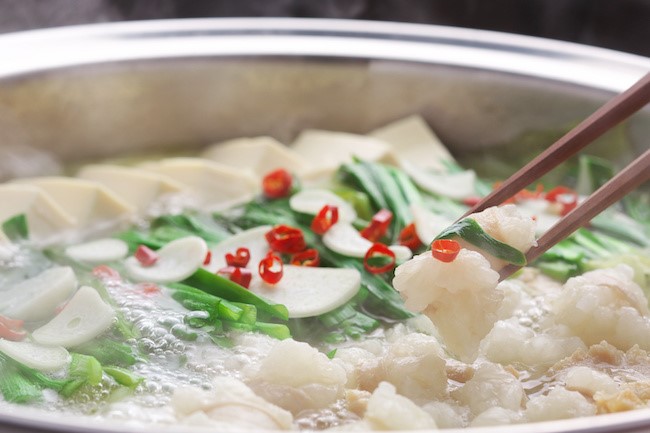
Motsunabe originated in Fukuoka but has become popular across the country due to its unique flavor. Motsu refers to the meat used in the nabe—beef or pork offal. It has quite a rich broth with dashi, katsuobushi, kombu, and either soy sauce or miso. It then usually includes garlic and chili to complement the offal.
Further ingredients include various vegetables, with cabbage being the most common. The flavor of motsunabe is much stronger than that of most other nabe dishes, making it quite unique in Japanese cuisine.
Yudofu
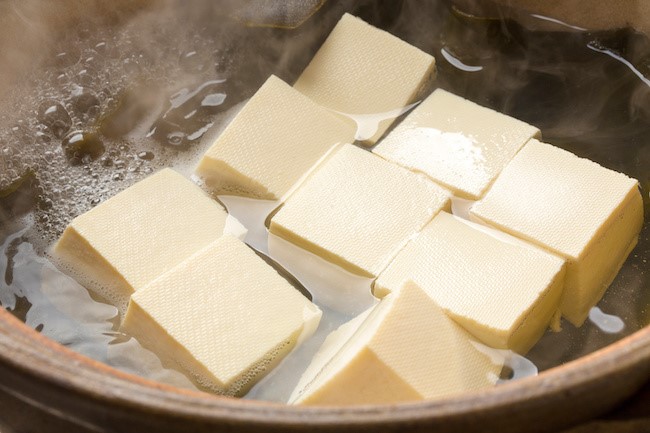
Yudofu is another simple nabe dish that is easy to cook at home. The broth is simple and light, often flavored with just a piece of kombu. The main ingredient is boiled tofu, accented with the addition of green onion.
Yudofu is served with a soy tare sauce or ponzu sauce for dipping the tofu. This is a very light dish, originally from Kyoto, and is ideal for those who truly appreciate quality tofu.
Necessary Utensils & Seasonings Explained
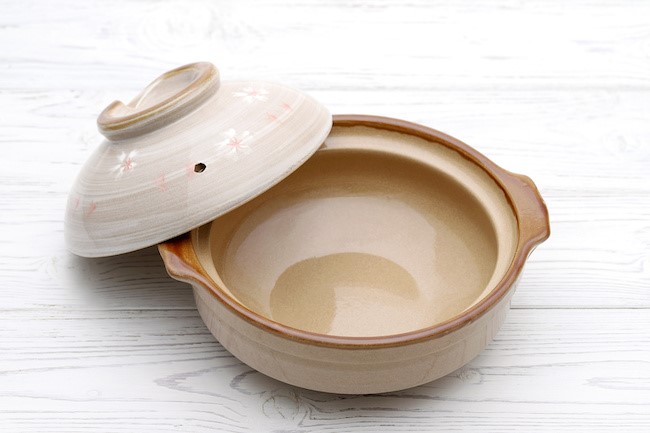
Equipment & Utensils
If you are hoping to explore cooking nabe at home, there are a few key utensils and seasonings which you will need. Firstly, the most important aspect of a hot pot is the pot itself. In Japan, this is commonly referred to as the donabe and is made from a thick ceramic, ideal for retaining heat over a long period of time. These are available in various sizes, from single-portion pots to family-size pots. There are also stainless-steel alternatives if necessary.
Another key piece of equipment is the portable gas stove and spare gas canisters. Nabe is usually cooked at the table, so it is necessary to have a stove that can be moved to the table. You will also need general utensils such as ladles, serving chopsticks, tongs, and of course individual bowls and chopsticks for everyone.
Click the images below to shop online.
Seasoning & Condiments
The necessary seasonings will vary based on the nabe you intend to cook, but some common ones include the base of your broth, which is often dashi, katsuobushi, and kombu. These are all readily available in Japan and can often be bought as a pre-made sauce. If you are cooking a nabe that is served with dressings, you will also need ponzu sauce, soy sauce, sesame sauce, and potentially other similar dressings.
There are a lot of kinds of "Nabe no Moto (stock for Nabe) and these are very easy and simple to use. Click the images to purchase online.
Tips for Enjoying Your Nabe
There is also etiquette when it comes to enjoying nabe. These range from the actual process of cooking through to the serving and eating of the nabe. Some important tips include having an action plan.
Cooking Order
There is generally an ideal order in which to cook ingredients, and keeping to this order will ensure your nabe is the best it can be.
Starting with flavor-enhancing ingredients such as kombu, moving to ingredients that need a longer cooking time, such as vegetables and tofu, and finishing with smaller ingredients like leafy greens and thinly-sliced meats is generally considered ideal.
It is also important to regularly skim the top of the broth to avoid any build-up of foam.
Social Etiquette
Finally, it is necessary to be considerate of those around you. If someone has just added a piece of meat, it is best to wait before adding tofu or vegetables, as it will cool the broth and interrupt the cooking time for their meat. The meat cooks quickly so it will be finished quickly—you can add your slower-cooking ingredients after.
Japanese Nabe: Comfort Food that Brings People Together
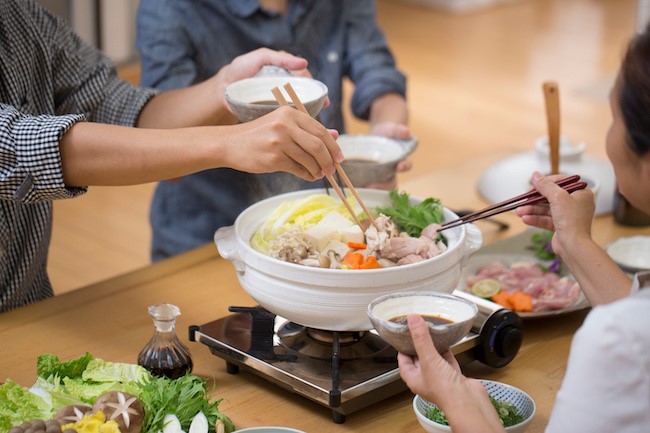
Nabe, or hot pot, is an entire category of dishes found within Japanese cuisine. They are commonly eaten during winter due to their warming, comforting qualities, and ability to bring people together. We have explored a number of the most common nabe dishes here, as well as the necessary equipment and some of the most common ingredients and seasonings. We also have a number of tips to help you have the best home-cooked nabe possible.
Interested in learning more about Japanese cooking and tasty dishes? Check out all our articles on the subject here!
